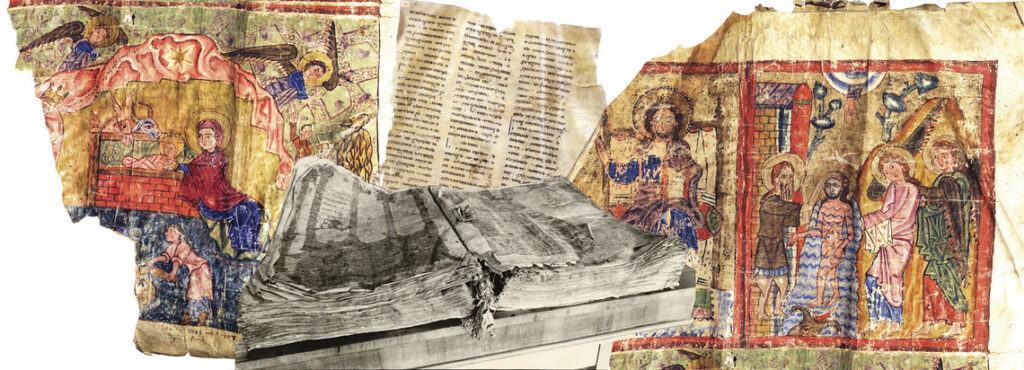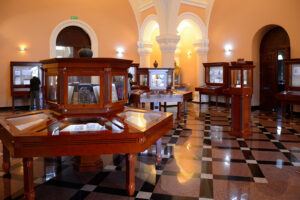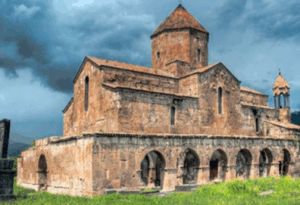5 interesting facts about Matenadaran
- Matenadaran named after Mesrop Mashtots is registered in UNESCO’s World Network of memory. It is located in Yerevan and presents to you a collection of ancient manuscripts.
- Matenadaran is “one of the most significant locations of protection of national memory and progress.” The Matenadaran Museum Complex consists of 15 demonstration halls, which show thousands of exhibits intended for permanent, variable and exclusive displays. From the 20,000 ancient manuscripts kept in Matenadaran, holistic manuscripts and fragments, documents, old books, samples of precious bindings, some miniatures and manuscripts are exhibited in foreign languages.
- Here you can find the smallest book – Church Calendar from 1434 AC (weight 19g) and biggest one is Msho Charentir (1200-1202 AC), which weighs 27.5 kg.
- The oldest manuscript fragments from V-VI centuries, and the most ancient illustrations and miniatures are in Echmiadzin Gospel. The oldest complete manuscript is Lazarev gospel (887 AC).
- It was founded in 1921 on the basis of the Echmiadzin Matenadaran and is the first research center in Armenia.
What you can see in Matenadaran

The manuscripts introduced in the Matenadaran give a prevalent idea of all areas of Armenian medieval science, the evolution of writing and art over the centuries. They represent the Armenian civilization, starting with the innovation of Mashtots Armenian letters (405) to the XVIII century. Old Armenian translations, works concerning all fields of science and culture of the Middle Ages, as well as instances of Armenian miniatures of the Middle Ages are shown.
In the hall of Oriental manuscripts guests get acquainted with Persian, Arabic, Ottoman, Afghan and Uzbek manuscripts, the number of which in Matenadaran is more than 3000. These are religious, historiographical, philosophical, medical, instructive works, love novels of the Middle Ages and poems, as well as superb illustrations of oriental miniature and calligraphy.
Matenadaran is a major center of Armenian noted culture, which is not only a repository of ancient manuscripts, but also a center for analysis of manuscripts and documents.




